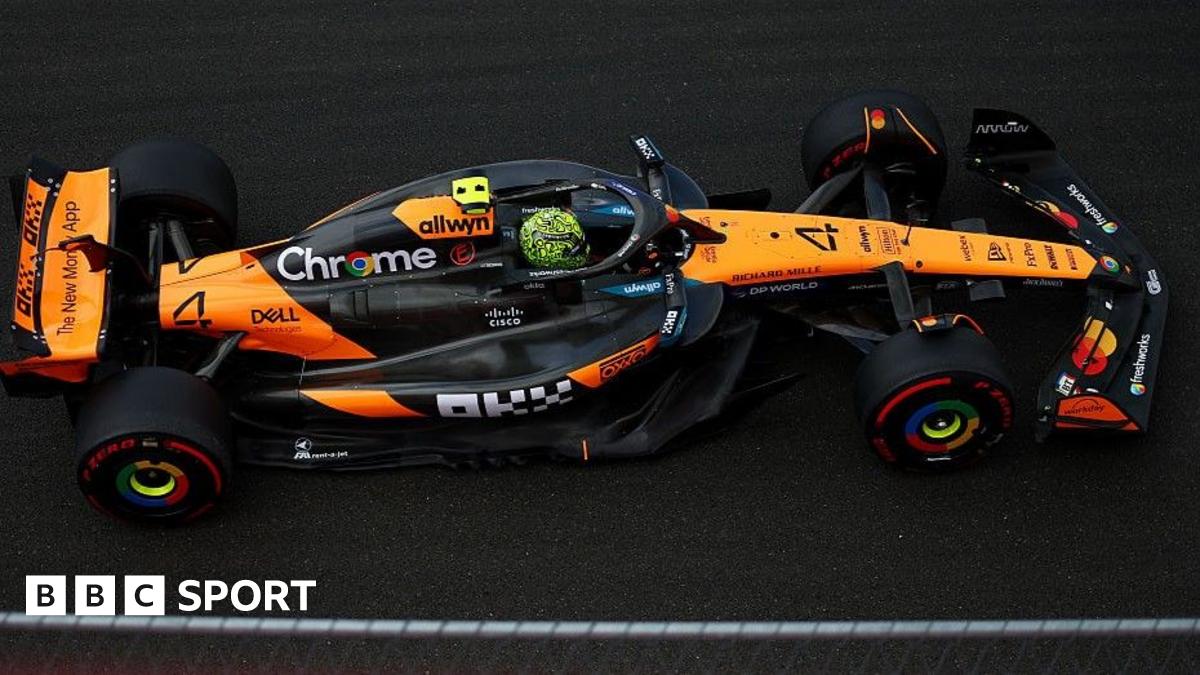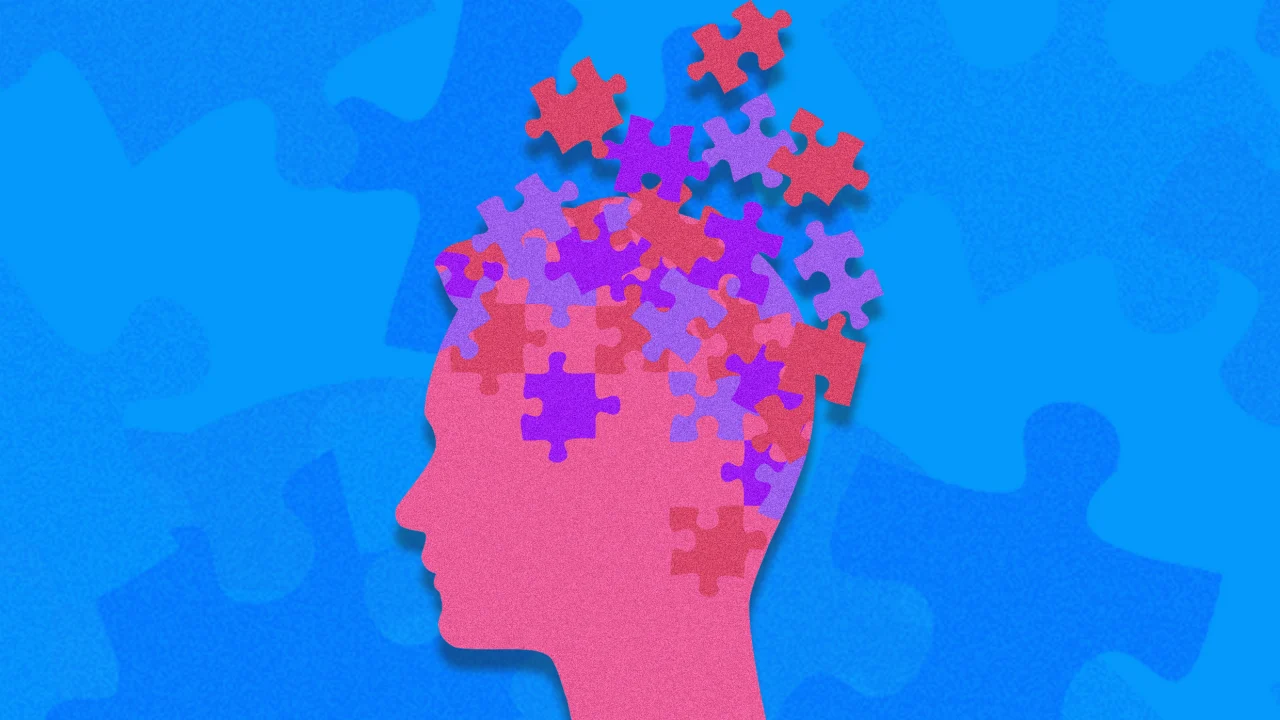Computers were designed for humans, robots should be too

In 1982, personal computers were beige, boxy, and built for engineers. They were powerful, but uninviting. Few people knew what they were for, or why they might need one. It took more than just better processors to turn computers into objects of mass adoption; it took design.
Design transformed the computer from an obscure tool into an essential companion. It gave form to possibility. It helped people trust, understand, and eventually fall in love with machines. Apple ushered in a new era of human-centered computer when it released the Macintosh in 1984.
Design is the next frontier in robotics
Jacob Hennessey-Rubin, executive director of NY Robotics, a non-profit that serves as the hub for robotics innovation in the New York and Tri-State region, recently told me that robotics is having its 1982 moment. Like the early personal computer, robots have the processing power but not the consumer-friendly design.
The technology is here. Robots can move, perceive, and make decisions in complex environments. AI enables them to generalize across tasks, understand natural language, and collaborate with humans. The building blocks are ready, but the experience is not.
Most robots still resemble their industrial ancestors: articulated arms from factory floors or the humanoid silhouettes of science fiction. These platforms have enabled impressive mechanical advances and have been created to operate effectively in human-built environments. They’ve also helped us to imagine what robots could be and remain valuable in many contexts.
But as robotics expand into new domains, from home to healthcare to creative expression, we have the opportunity to grow our design vocabulary and reimagine how these systems take shape across new environments and experiences.
Robotics has long been seen as an engineering challenge. But the next breakthrough won’t be technical, it will be experiential. To unlock the next wave of adoption, robots must be designed not just to work, but to live alongside us, in our homes, hospitals, restaurants, and stores. Our approach must be mindful of how their presence shapes the wind-down routine, the medical procedure, the restaurant kitchen, or the customer interaction, and intentional in shaping both their actions and their stillness. If robots are to be part of the messy, meaningful, deeply human moments that define our days, they must earn their place through thoughtful, human-centered design.
Design is how we help robots fit into life. We believe these five design principles will define robotics next era.
Design for context
Robotic forms should emerge from context, not from the machine. Their expression, movement, and interaction style should reflect and shape the space and culture. In practice, they might borrow cues from furniture, chef’s tools, classic cars, or other familiar elements—not to mimic them, but to evoke emotion, convey meaning, and set the emotional tone. In a social setting, a robot might use animation techniques to express its state gently and intuitively; in a clinic, it might signal clarity and precision through forms reminiscent of medical instruments.
Match capability with expression
When a robot looks too human, we expect too much. And when it looks too mechanical, we trust too little. The sweet spot? Forms that are honest, clear expressions of their true capabilities. Trust begins with legible forms, which lead to more open and meaningful engagement.
Design for natural interaction
Great interaction goes both ways. Robots shouldn’t just perform tasks; they should communicate intent and respond to ours with clarity. Movements, gestures, lights, and sounds should feel intuitive and appropriate, helping people to understand what a robot is doing and how to engage with it.
At the same time, today’s robots are better equipped than ever to understand us, they recognize our actions, focus, and even unspoken cues. This opens the door to more natural, multimodal interaction, where people can use voice, touch, gesture, or even demonstration depending on what feels most intuitive. Instead of rigid commands, we can teach robots by showing them how we would do it ourselves. When communication flows both ways, robots feel less like machines and more like capable collaborators.
Design for collaboration
Collaboration begins with coexistence. As robots become part of our environments, we must design them to move with our rhythms, respond to our cues, and respect their context. The most impactful robots will work with us, even when they replace aspects of what we do. We must also consider how they collaborate amongst themselves, adding to the ecosystem and accomplishing more together, rather than competing with it.
Automate the drudgery, not the joy
As author Joanna Maciejewska quipped: “I want my AI to do my laundry and dishes so I can do art and writing, not the other way around.” Let’s preserve the things that make us feel human and automate the things that make us feel like machines.
From machines to cohabitants
When robots stop being tools and start becoming cohabitants, everything changes. We start to ask new questions: How might the presence of robots reshape our sense of space and privacy? What rituals are worth preserving as appliances become more intelligent? What new roles can robots play beyond utility and across care and companionship? What design languages do robots demand, in form, tone, and gesture?
The answers won’t come from code alone. They’ll come from design.
Just as Apple redefined computing through design, the teams that rethink the why of robotics, not just the how, will lead the next wave of human-centered robotics, made for everyday life—not in the distant future, but right now.
We’re already living with robots. It’s time we start designing like it.
Thanks to my colleagues Tom Frejowski and Katie Lim for their collaboration and contributions to this article.
Inna Lobel is head of industrial design at frog North America.
What's Your Reaction?
 Like
0
Like
0
 Dislike
0
Dislike
0
 Love
0
Love
0
 Funny
0
Funny
0
 Angry
0
Angry
0
 Sad
0
Sad
0
 Wow
0
Wow
0














































![MYLLO’s “Burned” captures the dark side of toxic love and heartbreak [Music Video]](https://earmilk.com/wp-content/uploads/2025/07/MYLLO-800x379.jpg)














































